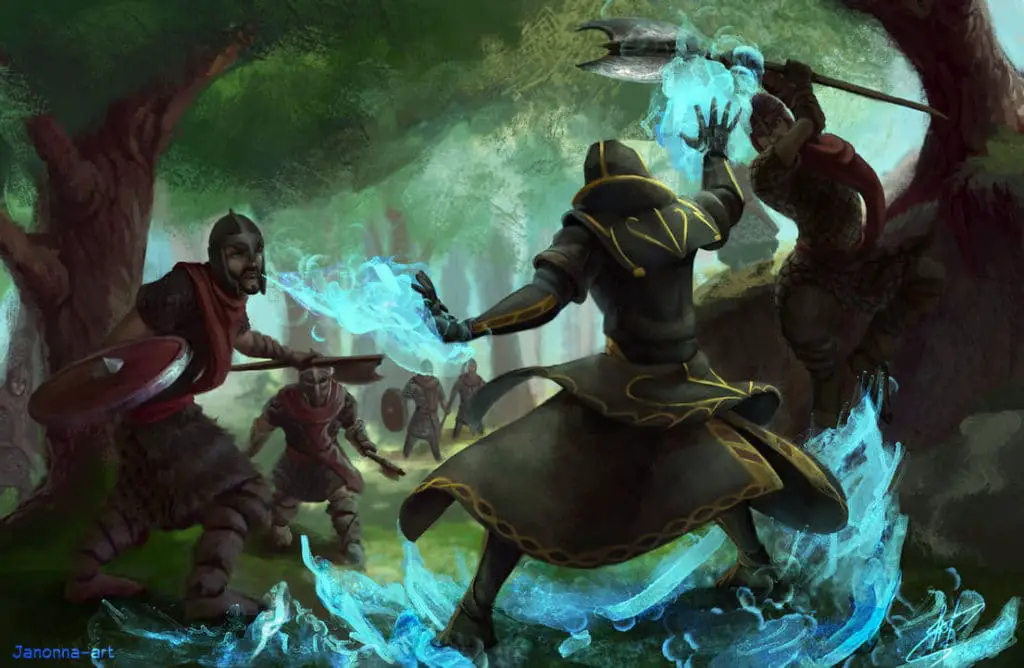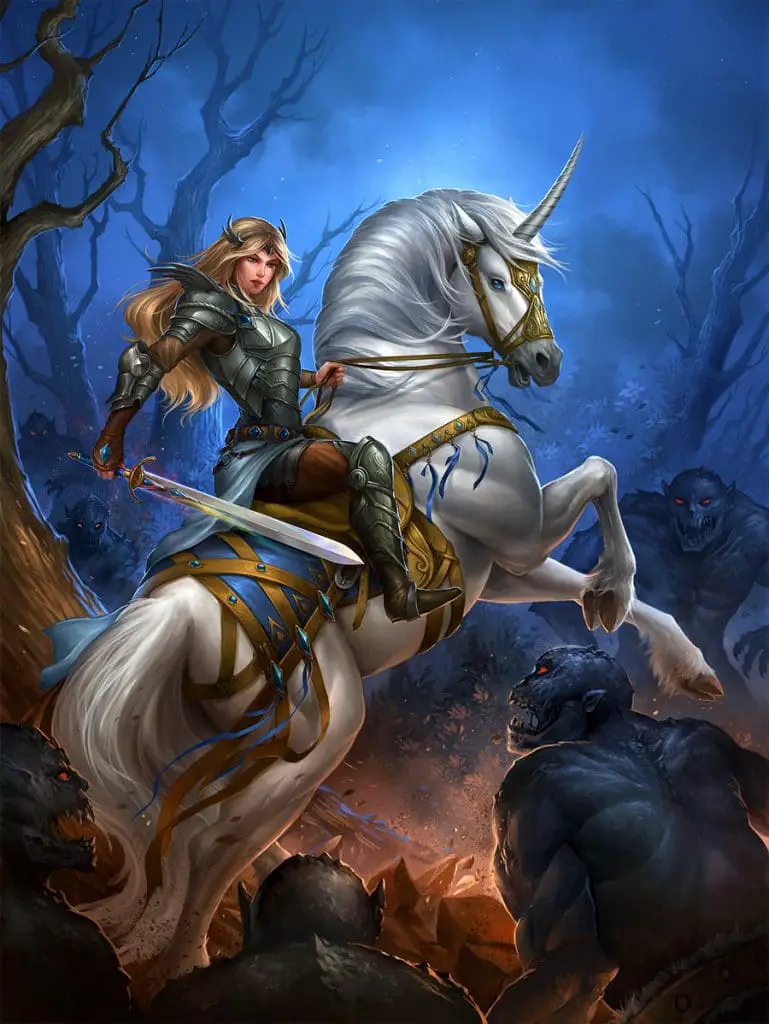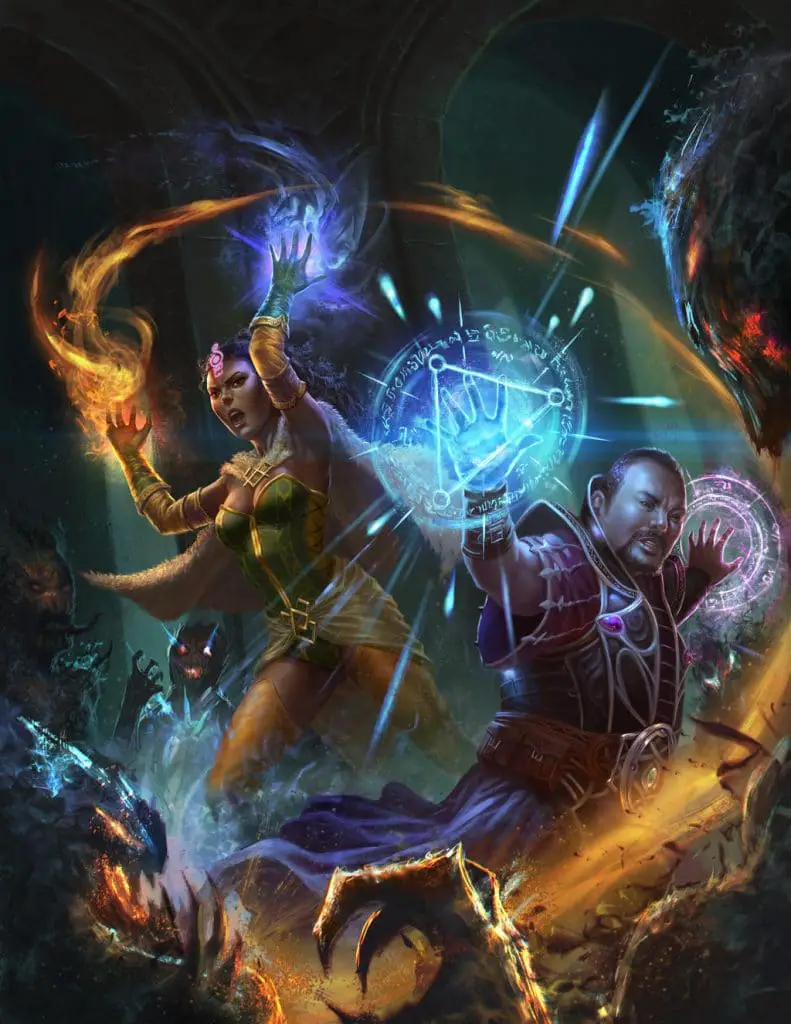How to Play a Pirate in D&D 5e
Often portrayed as fearsome yet likable antiheroes, pirates are typically seen as ruthless scoundrels motivated by more than just money who challenge the social system that beat down the lower class. The history of pirates, their tactics, and the legends surrounding them, all make for compelling and engaging roleplay and character builds in tabletop roleplaying games.








